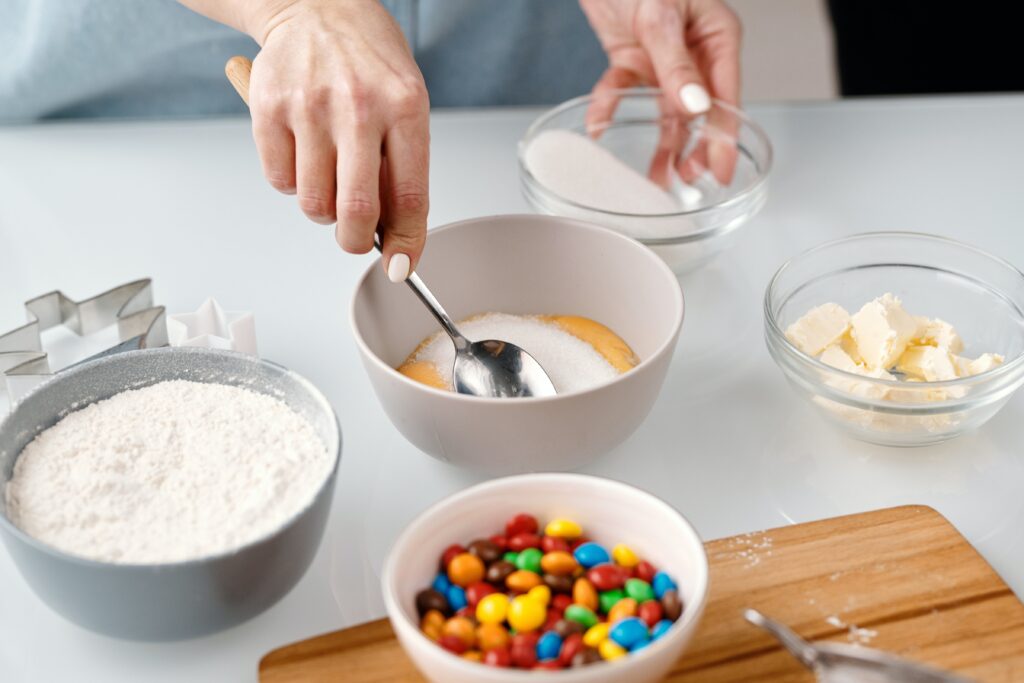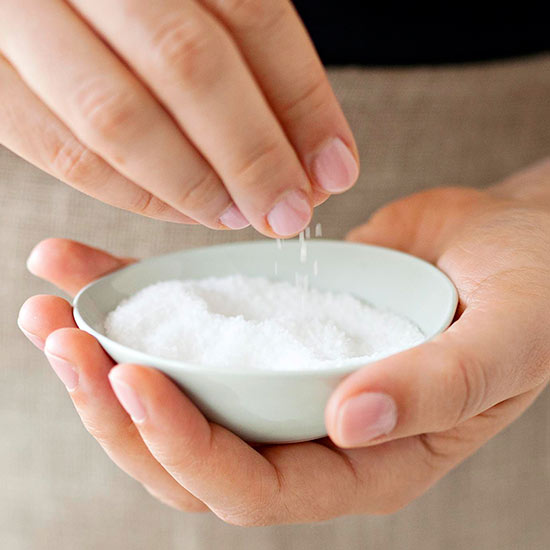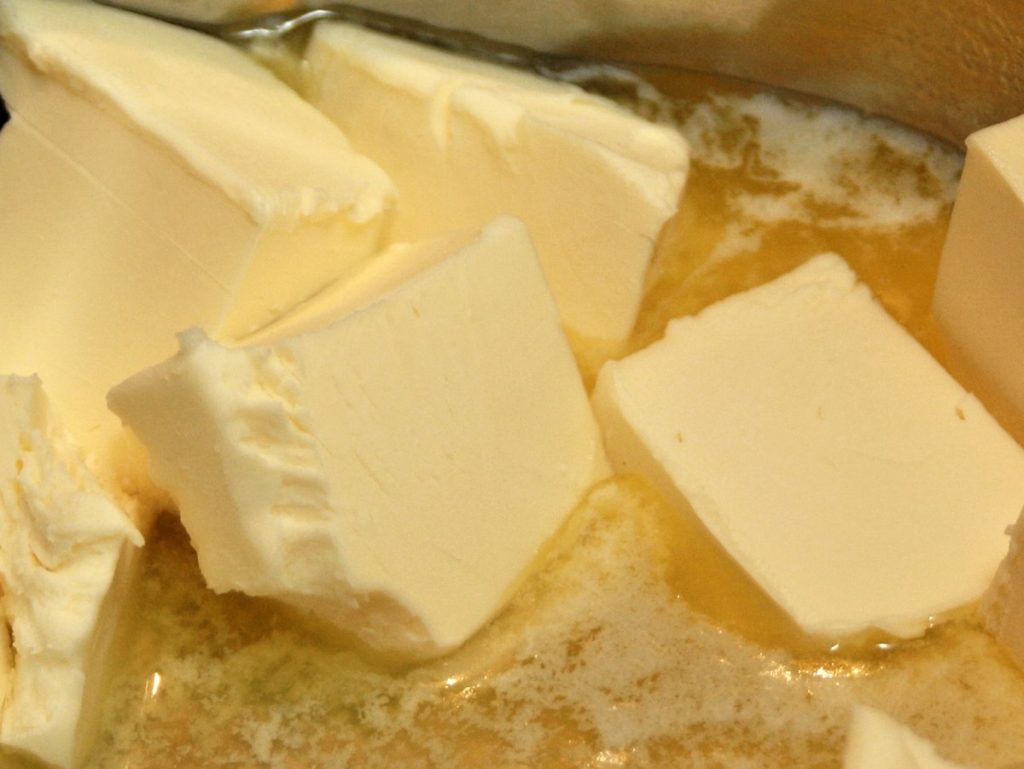How Much Salt Do You Add To Unsalted Butter?

Both salted and unsalted butter is available on the market. You can add the salt yourself if you prefer salted butter but only have unsalted butter on hand. It’s crucial to know how much salt to add to your butter to not wind up with too salty butter.
Plus, if you produce your own butter, you’ll want to be even more careful with the salt that you use. In either case, the amount of salt you use in your butter can significantly impact the flavor of your cuisine.
To every two cups of butter, add half a teaspoon of salt, according to the general rule. The amount of salt you use, on the other hand, is entirely up to you.
Three factors are to be considered here: the amount of unsalted butter, the amount of salt, and saline concentration.
amount of unsalted butter the amount of salt saline concentration
A pound butter 1 teaspoon salt (very salty)
1 pound butter a half teaspoon of salt salty yet not too salty
1 pound butter a quarter teaspoon of salt salty but not too much
How much salt should I use for how much butter?

It’s ultimately up to you and your particular taste regarding how much salt you put in your butter. However, if you taste it along the process, you won’t wind up with overly salted butter.
If you prefer lightly salted butter, use 1/4 teaspoon of salt per 2 cups of butter. If you want saltier butter, increase the quantity.
Following the table above will make it easier for you, and when you find how much salt you like in your butter, you will learn from your experience.
Why use salted butter after using unsalted butter?
Supermarkets also sell butter that has already been salted, so why buy unsalted butter if you want salted butter you can simply buy it off the supermarket shelf? It’s because you have complete control over the amount of salt you use.
Controlling the amount of salt you use in butter and food, in general, will help you stay healthy while still enjoying the flavor you crave. Plus, because there are so many possibilities on the market, you may pick and select the type of salt you want to use.
How do you season homemade butter with salt?

Maybe you don’t want to buy butter at all and instead prefer to create it. Making butter is a simple process that takes a little time before you can enjoy the finished product. You may have wonderful handmade butter salted just the way you like it in less than an hour.
You’ll need 2 cups of heavy cream to make 1 cup of butter. Only heavy cream and salt are required. Choose one that isn’t seasoned with anything else. You can use any salt you choose for the salting.
Allow your cream to sit at room temperature for half an hour before using. After the time has passed, begin combining it in a large mixing basin. At full speed, you’ll be mixing it for at least eight minutes.
Reduce the speed of your mixer when you observe little chunks of butter floating in the liquid inside the bowl. You’ll see that the butter separates from the liquid when you mix your cream. However, you will continue to mix until the butter pieces fit together like a puzzle.
After you’ve completed your mixing, drain the liquid out of the basin, leaving only the butter inside. Squeeze the butter between your hands to remove any excess water. As you knead the butter in your hands, you’ll also add the salt at this point.
Now is the moment to decide how much salt to put in the butter. According to the general rule, if you add one teaspoon of salt to 1 cup of butter, you’ll obtain highly salted butter. Use the table above to figure out how much salt to use per cup of butter.
In the fridge, homemade butter will last three weeks, and it will last six months in the freezer. You can also season your homemade butter with herbs or other ingredients to suit your preferences.
Is it okay if I use salted butter instead of unsalted?

Butter is used in a wide variety of recipes. However, some recipes require salted butter, while others call for unsalted butter. If you have salted butter, what are your options, when the recipe specifies unsalted butter?
Even if your recipe calls for unsalted butter, you can substitute salted butter, whether handmade or store-bought. Add the same amount of butter, but watch how much salt you add to your dish.
Because you’re using salted butter, you may want to omit or drastically reduce the salt in the recipe. The amount of salt you use in your recipe is also determined by how salty the butter is. To get the best flavor, keep tasting your food as it is being prepared.
Conclusion
Salting unsalted butter is a simple task that may be done at home. Adding salt to any form of butter, whether handmade or store-bought, is the same procedure.
It’s crucial not to overdo it because you don’t want to wind up with overly salty butter. You won’t be able to correct the taste of butter if you add too much salt to it.
This is why you should start with a modest amount of salt and taste your butter before increasing the amount of salt you use. If you follow the instructions in this article, you’ll have excellent salted butter to eat on toast or in other meals.











